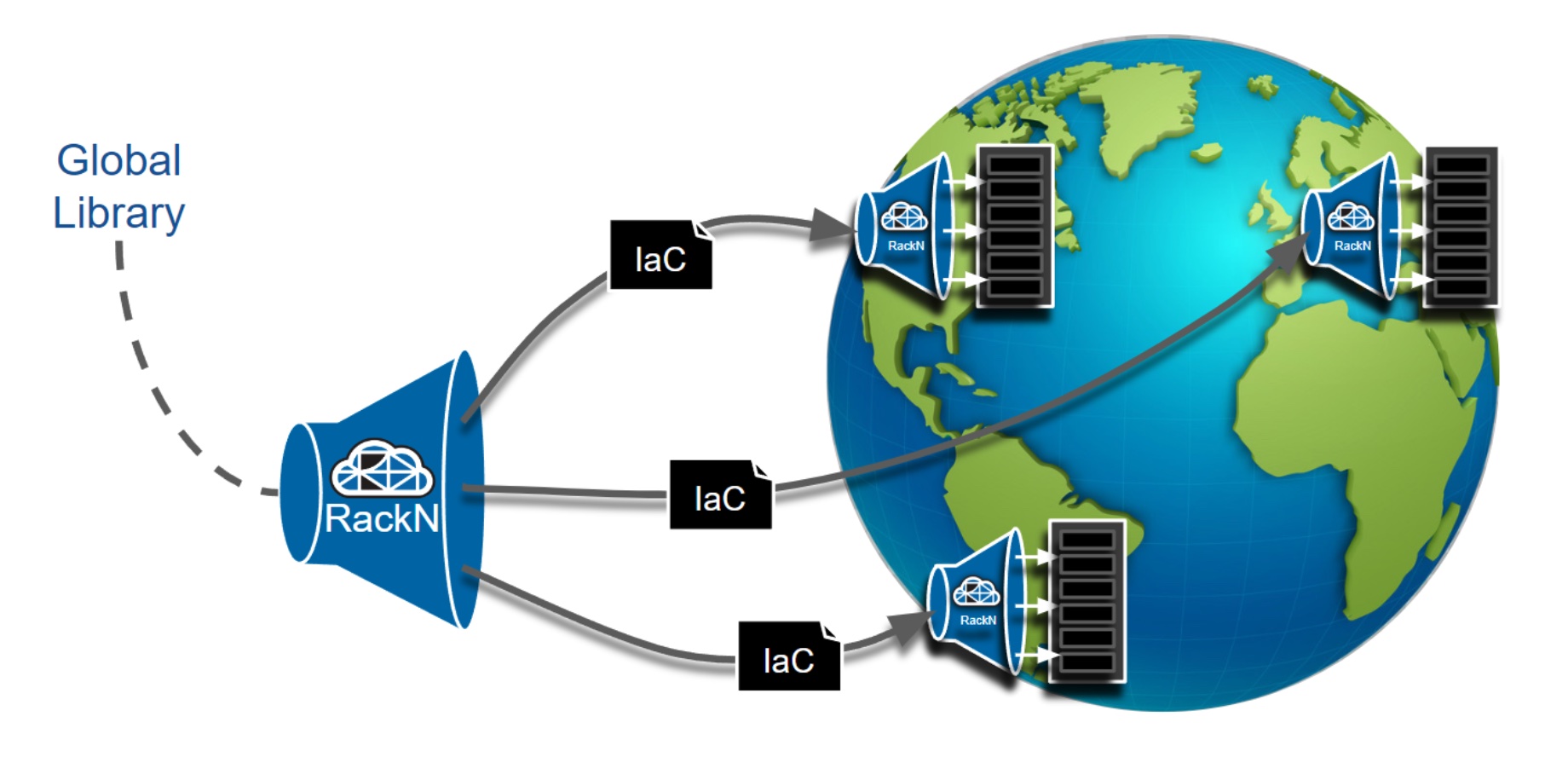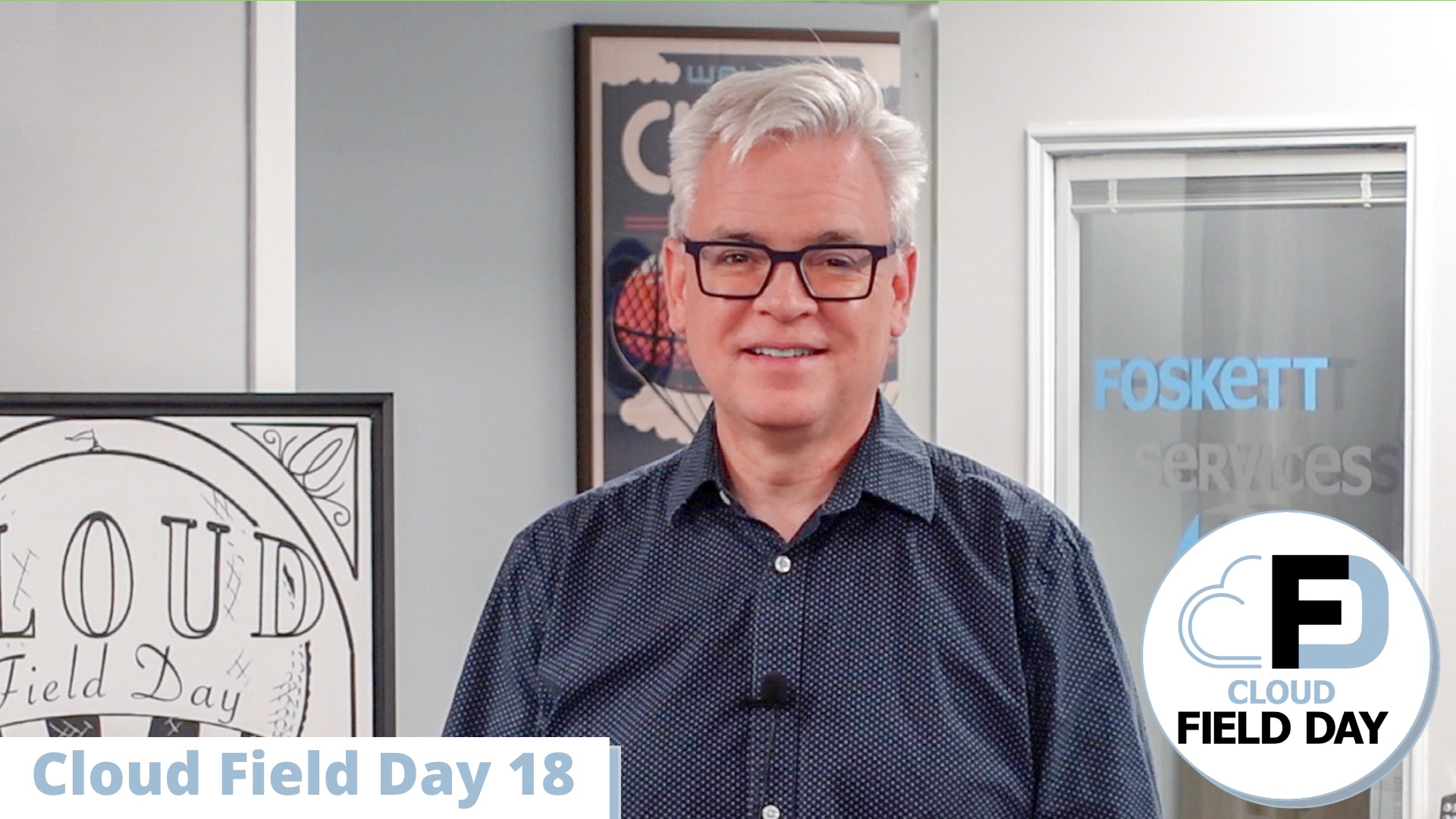As interest in hybrid and mutli-cloud operation models increases in the enterprise, a recurring theme has been emerging. Consistency is key. Running workloads in multiple clouds, be they private or public, is a desire for many organizations for a variety of reasons. Keeping data on-premises or at the edge is necessary when low latency and performance are required. Choosing different public clouds for different applications can be based on factors such as pricing and the services available in a particular cloud provider.
With a mixture of cloud platforms comes a mixture of APIs and management tools that make for a very fragmented experience for application developers and IT operations teams. The need to learn new development and operating practices every time a new platform is introduced slows everyone down.
This complexity and heterogeneity of tooling is the basis for many hybrid and multi-cloud stories. Many vendors believe that whoever can provide the same experience to customers operating both in their own datacenter and in their public cloud of choice will win over the most enterprise customers. One such vendor we heard from recently at Cloud Field Day 5 is Datrium.
Early on in the presentation, Datrium CTO Sazzala Reddy described how Datrium created their platform with the ground up with the vision of creating a consistent multi-cloud experience for customers. It is Datrium’s opinion, he said, that cloud should be a commodity and the consistent experience should be delivered in the form of an overlay that is the same regardless of the public or private cloud in use.
By diving more deeply into Datrium’s architecture, presenters shared the features of the platform that create the unified experience by providing features such as primary storage, encryption, backup, data mobility, and workload policies. Datrium is essentially betting that customers will want one or two common control planes for their applications regardless of the underlying infrastructure or platform. In this regard, they have chosen VMware and Kubernetes.
During Cloud Field Day, the discussion was focused on primarily on how their technology provides mobility and consistency of experience for both on-premises workloads and the cloud by leveraging VMware Cloud on AWS. At first thought one’s reaction may be that stretching applications between an on-premises data center and VMC on AWS is not multi-cloud, but hybrid cloud. While it can be largely argued that this is an issue of semantics, it ignores the bigger picture.
It was implied during Cloud Field Day that DVX will be available on cloud platforms other than AWS eventually with no firm commitments. Just a few weeks later at Dell Technologies World, VMware Solutions on Microsoft Azure was announced. Although Datrium did not specifically discuss a solution on Azure, the subtext and implication were that they planned to bring DVX to Azure by a VMware based solution eventually. Very recently, Datrium announced their Automatrix platform and as a result Datrium’s multi-cloud strategy is much clearer. Plans to port DVX to Azure in 2020 are in motion.
As enterprises shift their operation model to cloud based, Datrium wants to provide the consistency that allows them to select the public cloud of their choice and maintain the same tools and knowledge. They are likely betting on VMware being the common platform across multiple clouds and that the ability for enterprises to move their applications without refactoring will be the preferred path to the cloud for many enterprise customers.
Ken’s Conclusion
When creating a new application the consensus is largely that cloud native services should be used, but the emerging trend in the enterprise is to use hybrid applications. Utilizing existing data and applications while taking advantage of new cloud services without the need to refactor is compelling. By creating a consistent platform that will run on multiple clouds, Datrium has enabled customers to put their data and applications on the cloud of choice and reduce friction when pursuing a multi-cloud strategy.




